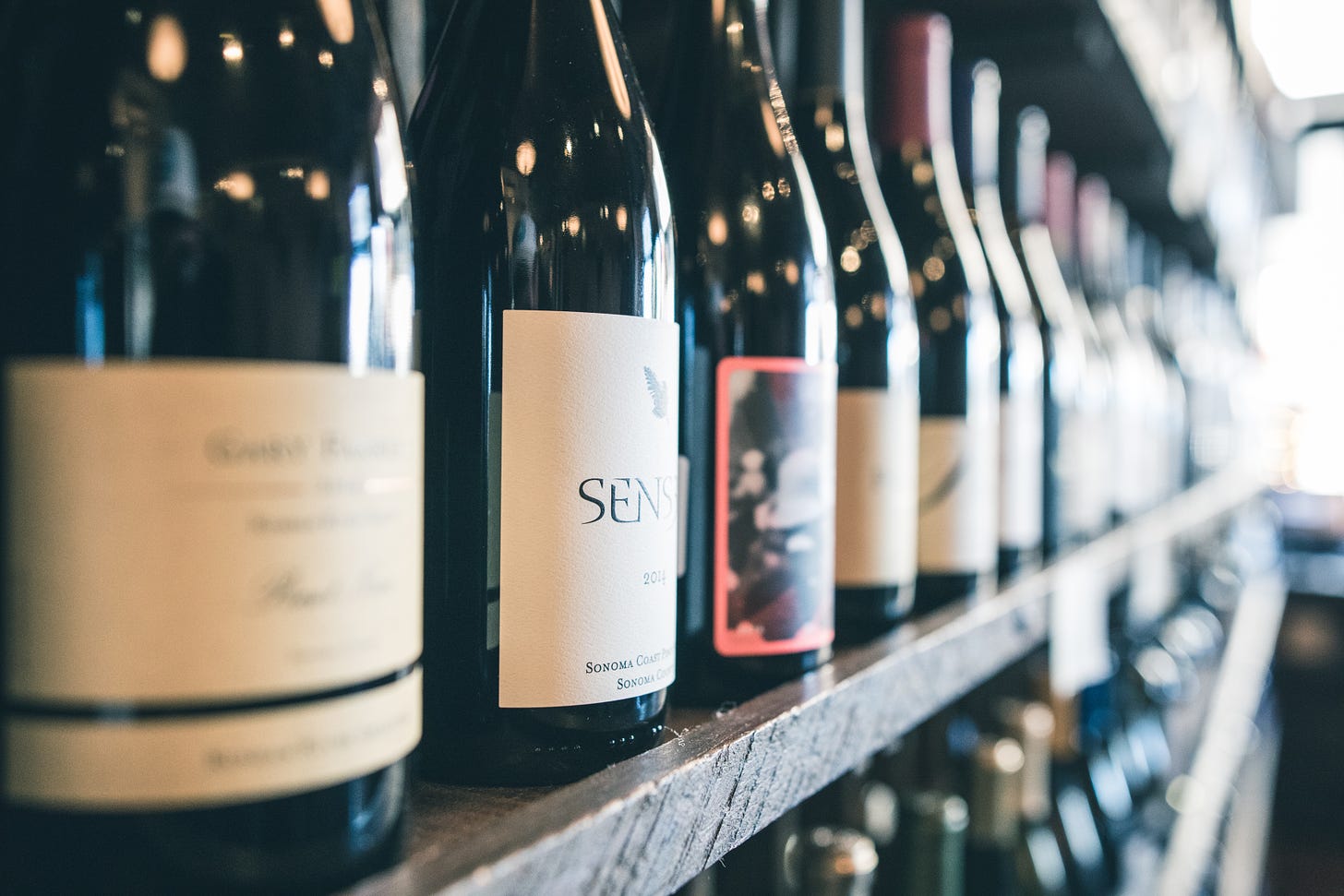What ‘sustainable’ labels on wine actually mean
These are the terms and certifications to look for when stocking up for the holidays
Hey thirsty friends, and welcome back to Cool Beans! Today we’re diving into one of our favorite topics: booze. The quandary of what wine to match with your Thanksgiving meal goes well beyond whether to pop a pinot or a cab franc. Increasingly, winemakers are using a variety of environmentally conscious methods to produce vino that’s good for the planet—and the palate.
Earth-friendly practices like avoiding synthetic pesticides and herbicides allow the microbial environment of the soil to flourish, resulting in wine whose character is particularly expressive of the place it came from, notes Food & Wine’s executive wine editor Ray Isle in his new book, The World in a Wineglass: The Insider’s Guide to Artisanal, Sustainable, Extraordinary Wines to Drink Now. (That’s terroir, baby.)

Minding a bottle’s impact is also important, because wine’s footprint isn’t exactly small. In one assessment, a 750-milliliter bottle produced 1.28 kilograms of CO2, which is about the same as a pound of turkey. Sales skyrocket during the holiday season, so making an informed choice about what you’re quaffing can add up.
GUESS WHO’S BACK
SAVEUR, one of our absolute favorite food and culture mags, is back in print! Read all about its new look and pre-order the first issue here.
The simplest thing to do if cutting carbon is your primary goal is avoid bottles and opt for boxed or canned wines instead. An outsized portion of wine’s footprint comes back to the glass. Making the bottles is carbon-intensive, and that heft also ups the energy needed to ship it, whether across an ocean or across the country. “If you send a wine to the other side of the world, you increase its carbon footprint three times,” Isle writes.
Of course options packed in cardboard or aluminum are limited (but growing!), which means anyone seeking out good and good-for-the-Earth wine are left to parse a sea of labels. You’ll see badges that tout a variety of certifications—and different standards and practices apply depending on the country, region, state, and even producer.




